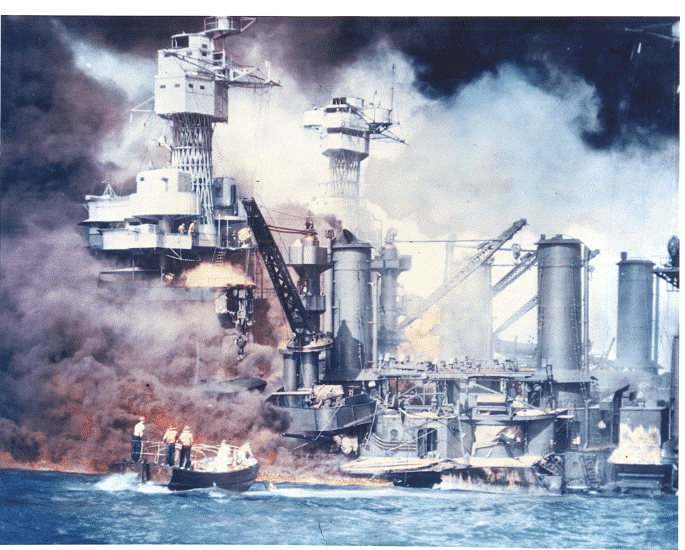There is an air of unreality surrounding Progressives’ objections to providing adequate funding for America’s defense. The Pentagon budget accounts for about 13% of federal spending, but in a press release, the Progressive Caucus criticized the amount of the appropriation, and called for increased dollars for domestic programs. Sen. Bernie Sander argues that “we do not need a massive increase in the defense budget.”
On the other hand, supporters of adequate military preparations point to the fact that the dramatic inflation rate hampers the ability of the Pentagon to gain the resources necessary to carry out its mission.
The Washington Post notes that the most recent Biden budget “doesn’t even match our 7.9 percent inflation much less our urgent needs. At the very least, Congress should double that hike. Ideally, it would do much more.”
The warnings come also from Defense News “America’s military leaders state time and again that China’s forcible assault on Taiwan, and therefore our response to it, is a near-term challenge. Given the lengthy time to plan, program, build and field credible combat power, a 2027 problem is really one of today. Alarm bells should be ringing in Congress as the president’s latest defense budget cuts readiness. Given that ongoing support for Ukraine is straining some key U.S. military supplies and munitions, everyone should be concerned the China fight would demand even more and faster.”
Opponents to an adequate defense budget treat military spending as just another government program that Washington can deal with on its own time table.
Inflation is a key challenge, but the greatest problem confronting the Defense Department is far more serious, and certainly not something under U.S. politician’s control. The growing Russian-Chinese alliance, and the blatant belligerence on the part of both Moscow and Beijing, places America in unprecedented jeopardy. Never before has Washington faced an adversary that has greater industrial might, a larger nuclear force, and the planet’s largest navy. In addition, the population and geography of the two nation dwarfs that of the U.S.
A Russian news article describes the latest development in the Chinese-Russian Axis:
“China is willing to continue to offer mutual support to Russia on issues concerning our core interests such as sovereignty and security, intensify strategic coordination between the two countries, and strengthen communication and coordination in major international and regional organizations such as the United Nations, BRICS, and the Shanghai Cooperation Organization,” Xi was quoted as saying by China’s state media outlet CCTV. In the phone call, which fell on Xi’s 69th birthday, the two leaders noted that relations between Russia and China “have reached an unprecedentedly high level and are constantly improving,”
Neither the Kremlin nor the ruling Chinese Communist Party has been shy about their aggressive intentions. Russia’s war on Ukraine and China’s dramatic armed expansion throughout the Indo-Pacific region are clear examples.
Officials in both nations have made clear their threats. Two top Chinese colonels, Qiao Liang and Wang Xiangsui, in a book entitled Unrestricted Warfare, made the case for assaulting America, while voicing contempt for U.S. military competence, contemptuously noting that the America has been unable to actually succeed in combat since the Second Gulf War.
And from Moscow, officials have unabashedly threatened the U.S. with advanced nuclear missiles. The most recent example: The head of the Russian space agency Roscosmos Dmitry Rogozin has threatened the use of Moscow’s Satan-2 intercontinental ballistic missile, a repeated theme of Vladimir Putin
The size and scope of the threats, combined with the inadequate funding of the Pentagon, has led some to sound alarm bells. The Center for Strategic and International Studies warns that American national security is “staring into an abyss” unless the trend of not keeping spending levels up with inflation is halted.
The calendar may read 2022, but in historical terms, today is December 6, 1941, the day before the Pearl Harbor attack.
Photo: “Pearl Harbor” U.S. National Archives
